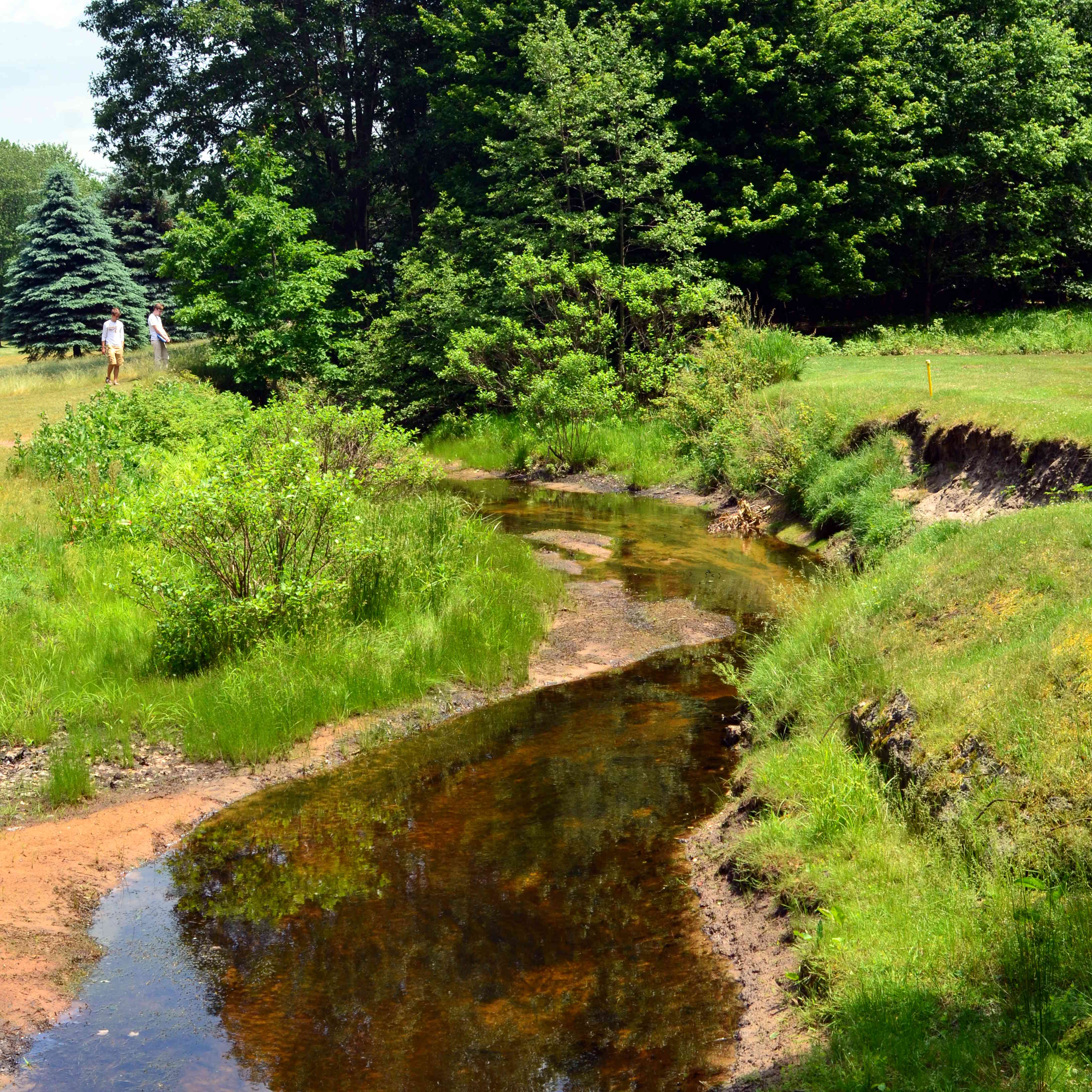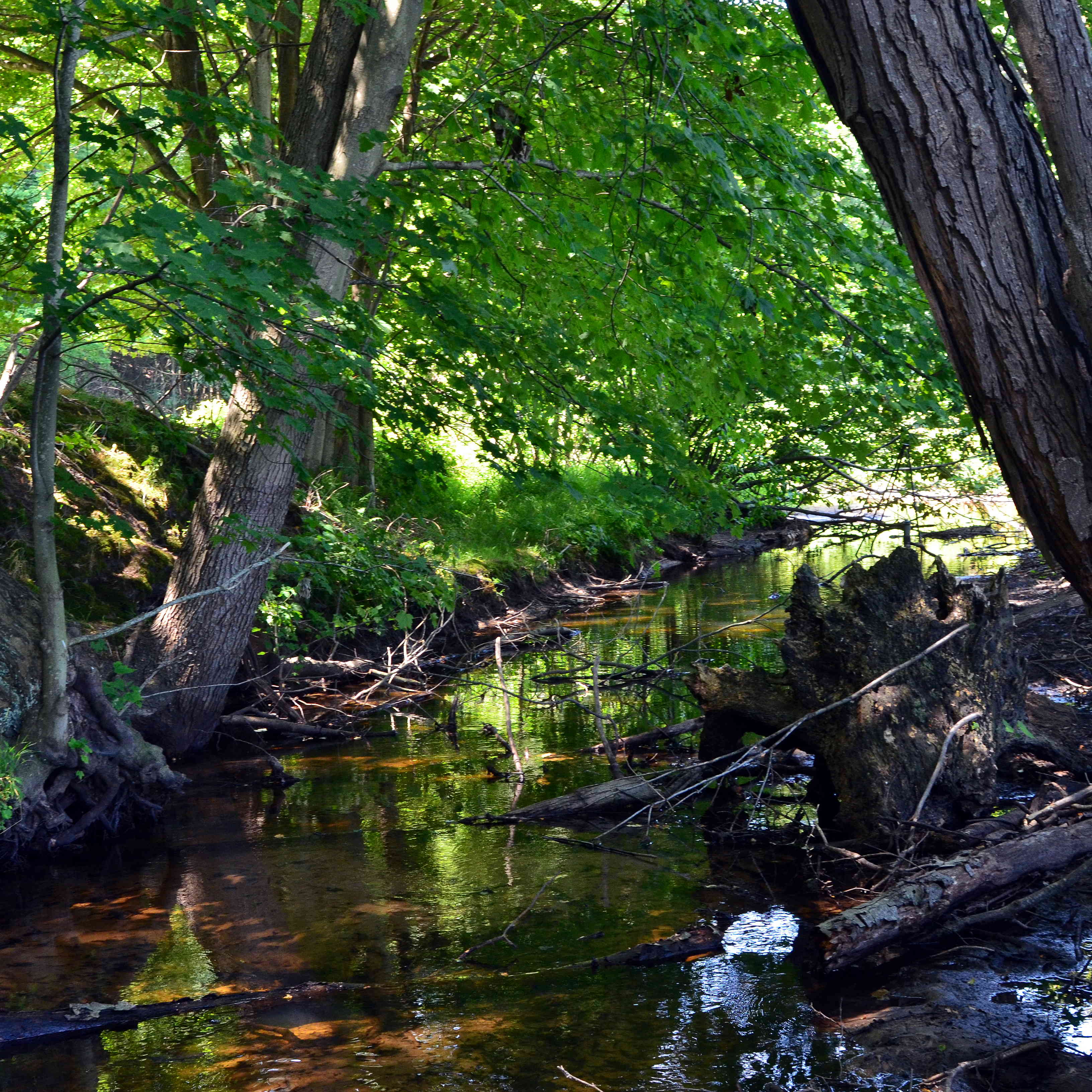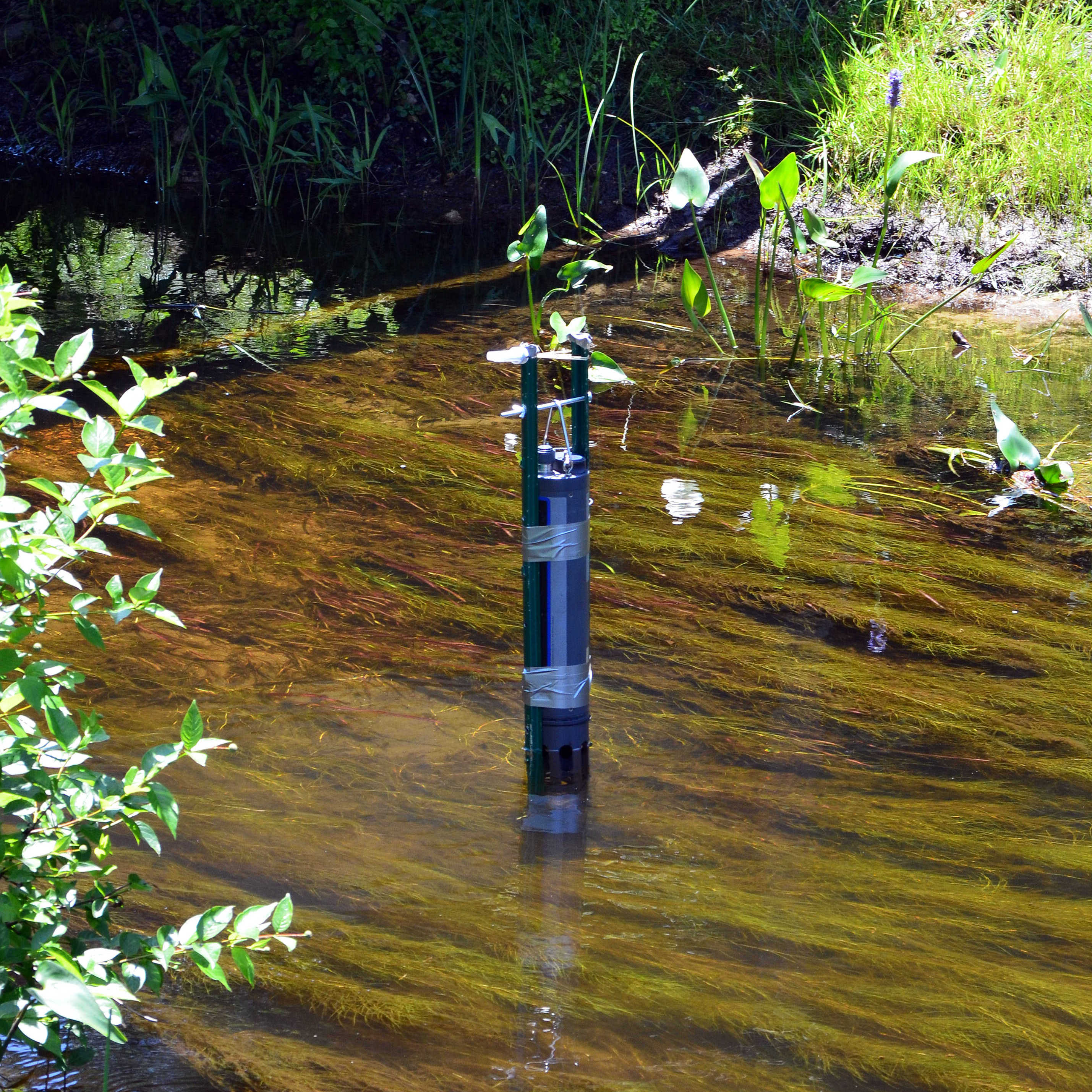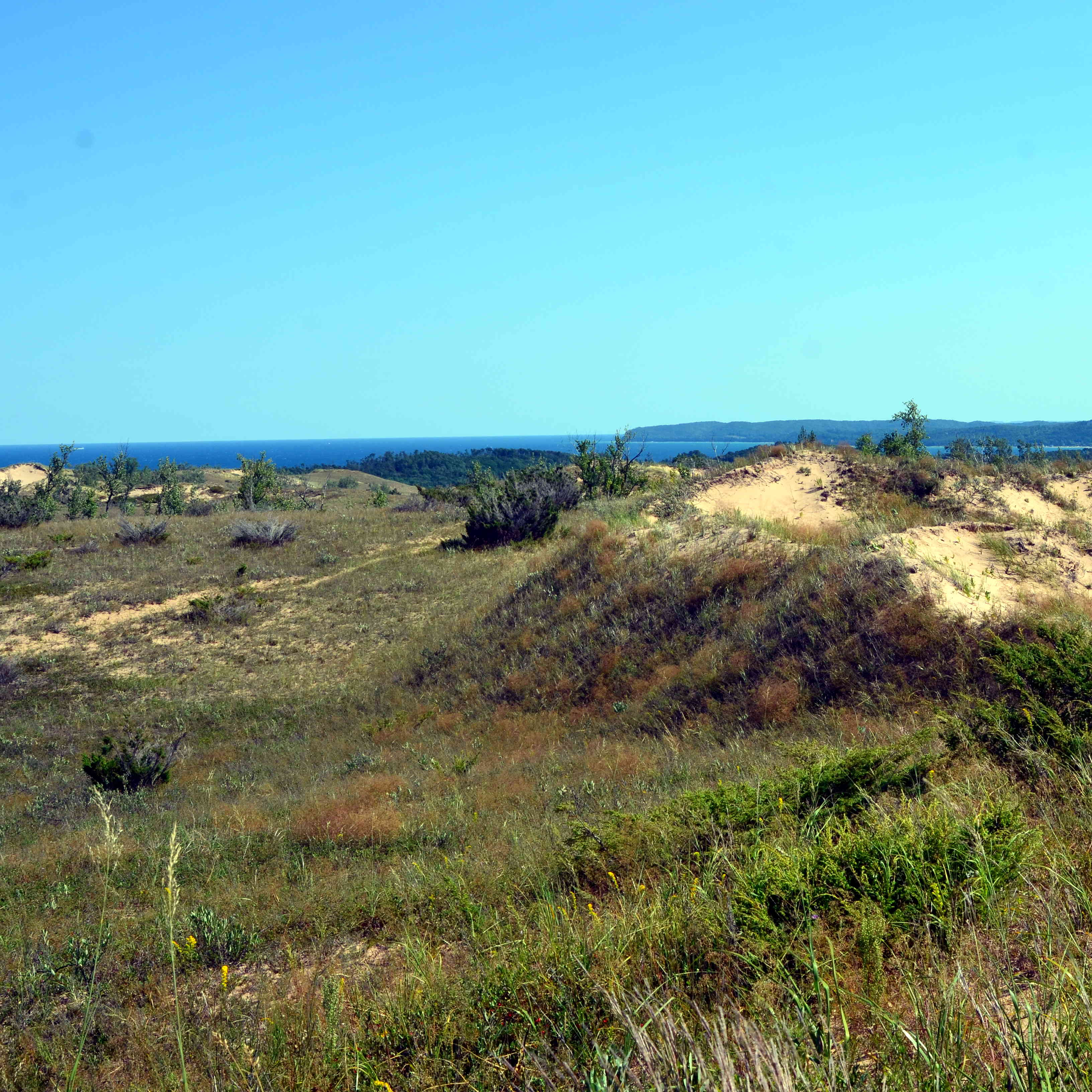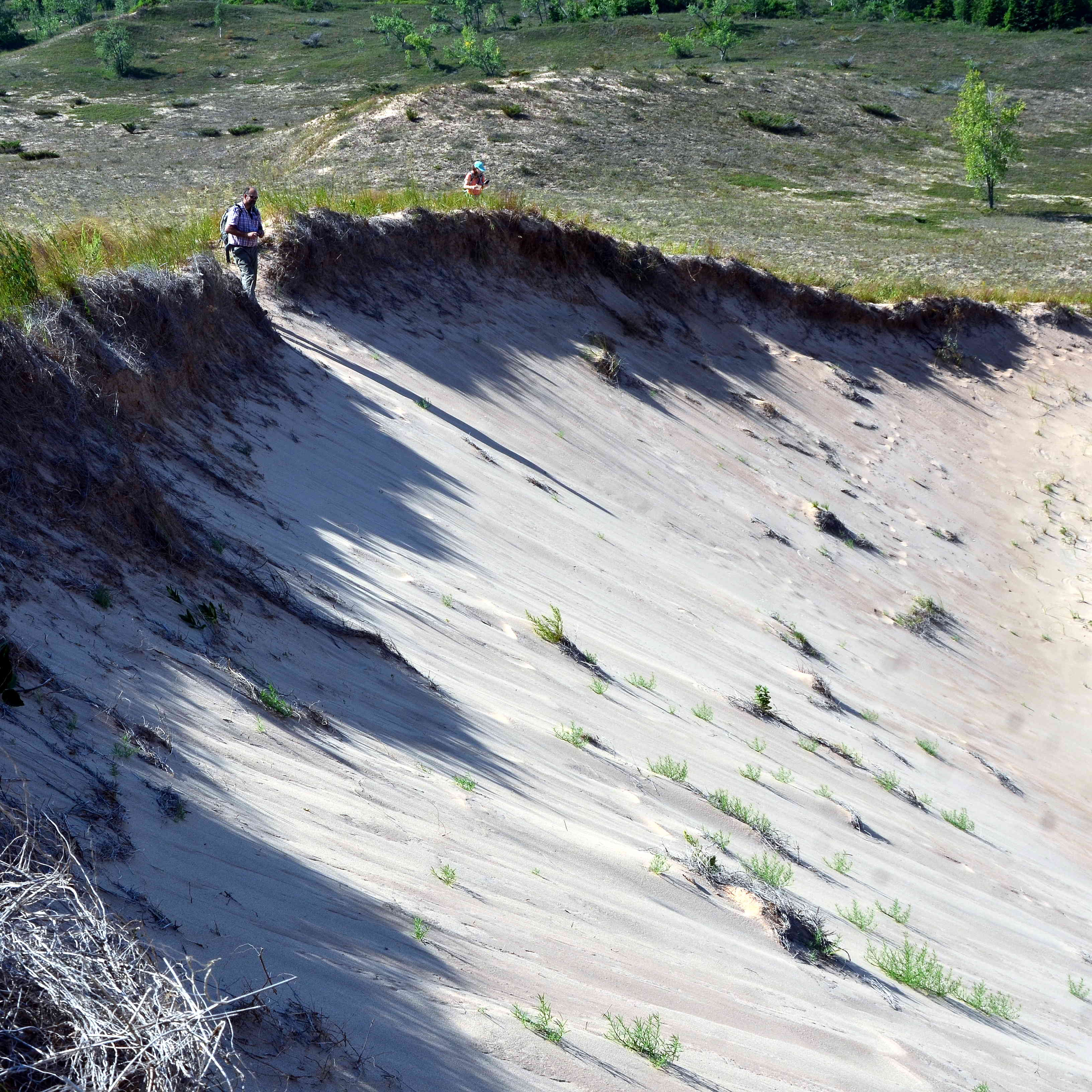Graduate students
Jay Zuidema
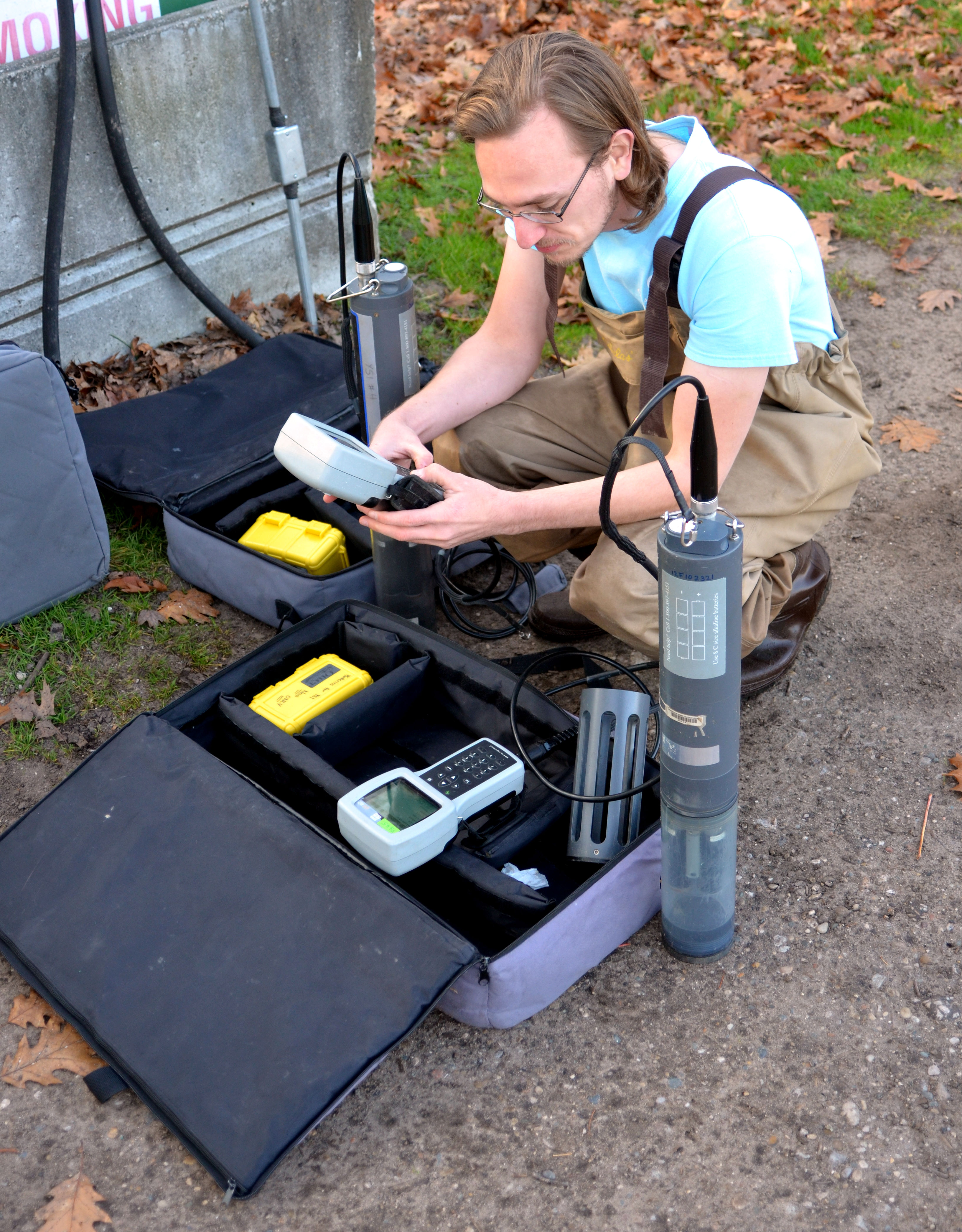
Thesis: Estimating Components of Stream Metabolism Using the Free-Water Dissolved-Oxygen Method
Completed: 2018
Abstract: Stream ecosystem metabolism is commonly studied in order to characterize and compare the functioning of stream ecosystems and as a functional indicator of stream health. A common method for quantifying stream metabolism is the free-water dissolved-oxygen method, which involves acquiring high-frequency time series of dissolved-oxygen (DO) concentration in freely moving stream water. The time series can be acquired at either a single location (one-station monitoring) or at two locations (two-station or upstream-downstream monitoring). In conjunction with these data, a process-based model of stream DO dynamics is used to estimate the major components of stream metabolism---typically 24-h gross primary production, respiration, and net production. There are two commonly used estimation methods: accounting and prediction-based. With the accounting method, estimates are derived from the time-series data with only minimal assumptions about the functional forms of the photosynthetic and respiratory components of the underlying model of DO dynamics. With the prediction-based method, estimates are derived statistically by fitting a parametric model of DO dynamics to measured time series of DO concentrations. In this study, we compared various combinations of the one-station and two-station monitoring methods and the accounting and prediction-based estimation methods using data from Little Black Creek in Muskegon County, Michigan, gathered over two 24-h diel cycles each in July and December 2017, using four monitoring stations within an 800-m long study reach. We found clear differences in metabolic estimates between subreaches, methods, and seasons. One of the more significant findings was the relatively high degree of variation among metabolism estimates for different subreaches of the study reach during July 2017, which was similar to the degree of variation among numerous literature estimates from streams across the United States, including both temperate and tropical environments.
Emma Rice

Thesis: Assessment of Invasive Gypsophila paniculata Control Methods in the Northwest Michigan Dunes
Completed: 2018
Abstract: Gypsophila paniculata (baby's breath) is an invasive species in Michigan’s northern lower peninsula and a problem invasive in much of the northern United States and Canada. This species readily outcompetes native plants in sandy well-drained soils due to its deep taproot, which allows access to scarce resources. It reproduces and disperses mainly by seed, but the phenology of seed maturation is poorly understood. G. paniculata is of particular concern in coastal dune habitats of northwest Michigan because the areas where it is most dense are also populated by several endemic and threatened species. Despite many years of intensive management, high densities of G. paniculata persist in previously treated areas. To determine why this occurs, our research assessed current removal methods (foliar application of glyphosate and manual removal) by (1) measuring G. paniculata density and frequency before and after treatment in 2016, 2017, and 2018 using a point-intercept grid, (2) investigating how timing of treatment affects G. paniculata density, (3) determining the resprout frequency of treated plants, (4) characterizing the local seed-maturation phenology, and (5) investigating how timing of treatment affects resprouting and seed germination. Our results confirm that treatment for one or two years reduces the density of G. paniculata but does not extirpate it, overall treatment is most effective from late June through early July, and a non-negligible percentage (14 %) of manually removed plants resprout following treatment. Seed germinability increased quickly near the end of July and reached a maximum of 90 % or higher by early August in both 2016 and 2017. The germinability of seeds from plants sprayed with glyphosate in early, mid, and late July 2016 was higher, the later treatment was administered, highlighting the need to treat early in the growing season. For best control of G. paniculata, we recommend that managers treat for consecutive years to remove regrowth and missed plants, and focus treatment from late June to early July.
Note: Emma is currently a PhD student in plant ecology at Penn State University.

